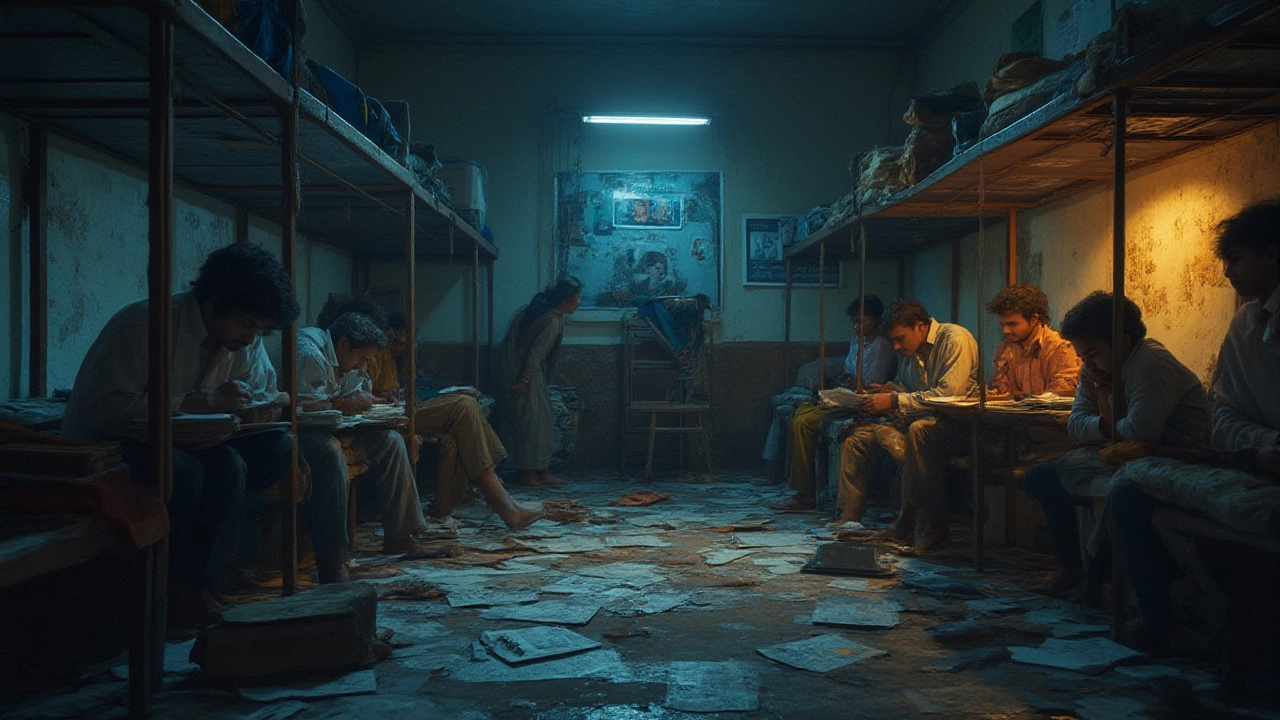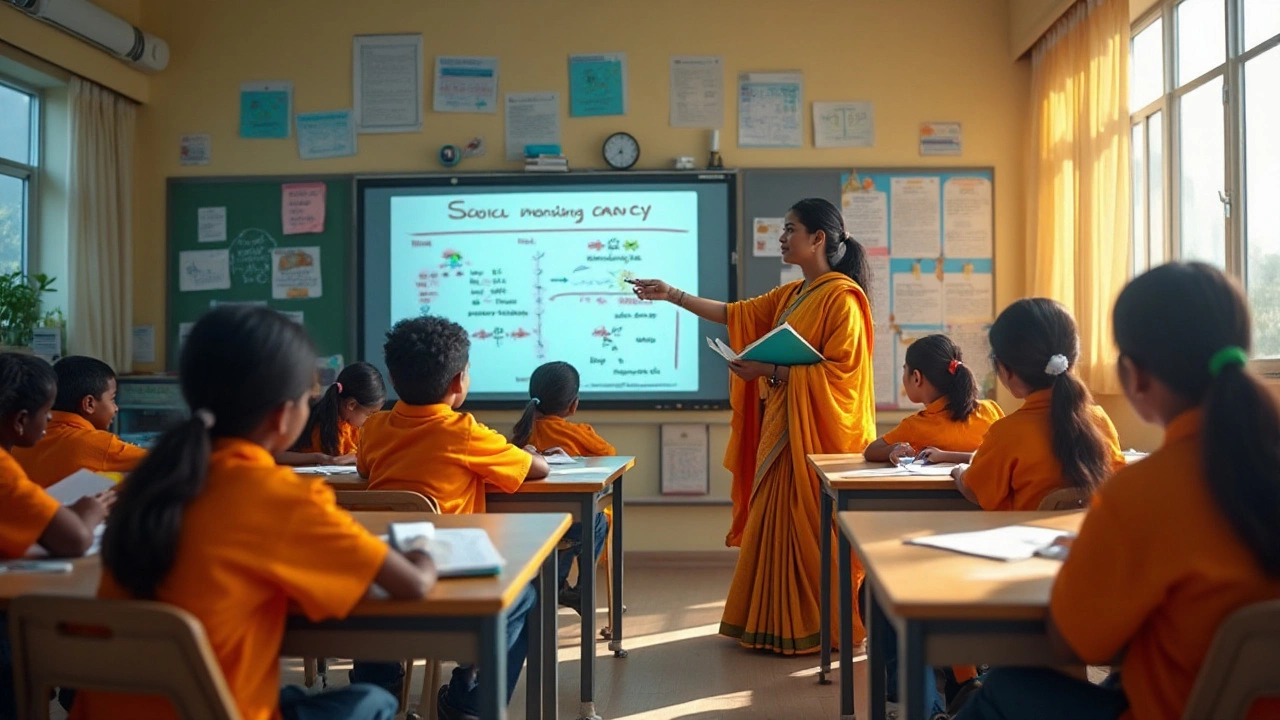
Toughest Degrees in India: What Takes the Crown?
Wondering which degree is the hardest in India? Find out what makes these courses so tough, and get practical tips to survive them.
India’s education landscape is huge and always moving. Whether you’re a student hunting the right college, a parent sorting out school boards, or a teacher looking for fresh ideas, you’ll find practical info here. We’ll cut through the hype and give you real‑world pointers you can use right now.
First up, digital learning is no longer a buzzword. Most schools now blend online classes with classroom time, and platforms like Google Classroom are becoming everyday tools. This shift means students need good internet access and basic tech skills, but it also opens doors to resources from anywhere in the world.
Second, the board debate is still alive. CBSE, ISC, and state boards each have strengths. CBSE is known for its focus on science and math, making it a solid base for engineering and medical exams. ISC adds a more detailed syllabus that can help with international studies. State boards often follow the local language curriculum, which can be a plus for students aiming for state-level jobs.
Third, vocational courses are gaining respect. Programs that teach practical skills – like plumbing, electrician work, or digital marketing – are now linked to better job prospects. The government is pushing these courses to address the skill gap, and many private institutes are offering short, affordable training.
If you’re choosing a school, visit the campus, talk to teachers, and ask current parents about class size and exam results. Don’t just go by reputation; look for a place that matches your child’s learning style.
When it comes to exam prep, start early. Break the syllabus into bite‑size chunks and set weekly goals. Use free online mock tests to gauge progress and spot weak areas. The key is consistency, not cramming.
For college decisions, map out your career goals first. If you want to become a doctor, focus on boards that excel in NEET preparation and look for colleges with strong medical labs. If engineering is the goal, consider schools with good physics and math labs and a track record of placing students in top IITs.
Parents, keep an eye on mental health. Intense competition can stress kids out. Encourage hobbies, sports, or arts to balance study time. A well‑rounded routine often leads to better grades.
Teachers, try flipping the classroom. Let students watch short videos at home and use class time for discussions and problem‑solving. This method keeps engagement high and helps students apply concepts instead of just memorizing them.
Finally, stay updated. Education policies in India change often – new scholarship schemes, changes in exam patterns, or emerging skill‑based courses. Follow reliable news sources and join local education forums to keep your info fresh.
Indian education offers many paths. By understanding the trends, picking the right board, and using practical study habits, you can turn the system’s complexity into a clear road map for success.

Wondering which degree is the hardest in India? Find out what makes these courses so tough, and get practical tips to survive them.

The Central Board of Secondary Education (CBSE) remains a preferred choice for many students and parents across India. Its consistency in offering a balanced and comprehensive curriculum helps students gain a well-rounded education. This article explores the unique features of the CBSE syllabus, highlights the board's adaptability to contemporary educational needs, and provides tips on how to leverage its offerings to benefit children's academic journey. It aims to provide insights into why CBSE constantly stands out as an educational framework.